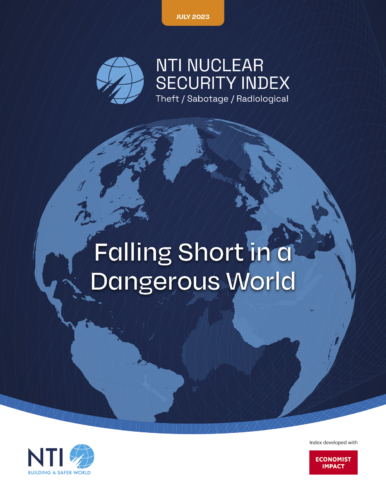Recommendations
The data are clear: governments, regulators, industry, international organizations, and NGOs should take action to prevent a nuclear or radiological catastrophe. But what should they do? The 2023 NTI Index has 10 data-driven recommendations.

